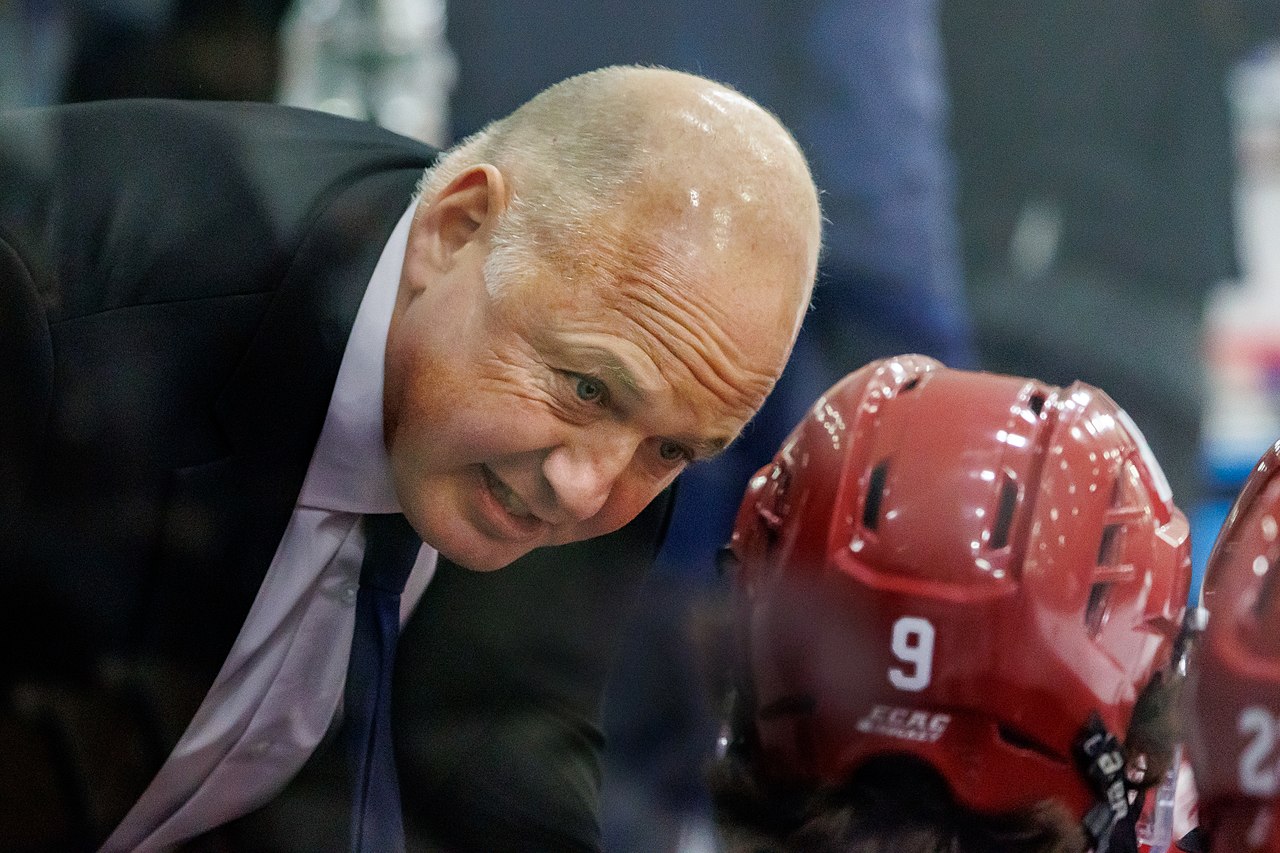In a previous article, we dissected the differences between behavior and character praise. If you have not read the article, click the link here to read now. In this edition, we will examine criticism – and how we can tailor our critiques to produce positive results.
To quickly recap the article regarding praise, we discussed how praising a player’s character is likely to produce better long-term results compared to only praising a player’s behavior. When praising their character, the person feels as though this action/behavior is part of their identity and usually becomes more willing to repeat it again in the future. Praising their behavior can be seen as more of a one-off and the player is less likely to see the action as part of their identity.
Criticism
When criticizing a player, it is best to start with their behavior instead of their character. Critiquing the player’s behavior could be telling them they made a tough play, bad move or dumb decision. Inversely, critiquing the character of a player could be telling them they are the type of player who makes bad plays, dumb decisions, or cuts corners. We know that praising character leads to identity association, so critiquing character will likely do the same. Unless we want to make our players feel dumb or incapable, we should steer clear of character critiques.
Most coaches, teachers, and even parents are careful with how they choose their words when criticizing their players, students, or children. We understand the impact of negative words and are in tune with how they can affect those around us. What isn’t always considered as closely, however, is the accumulation of these words. This is about how often you say things just as much as it is about how you say them.
Application to Hockey
Imagine you are always on a player about the same thing(s) – let’s say it’s their effort level on backchecks. Almost every game you say something to this player and even during practice sometimes, but it isn’t getting better. You are careful to not critique their character and keep it focused on their behavior. Which is a good (first) step in the right direction, focusing on their actions as a player and not who they are as a player.
What people sometimes overlook is the accumulation of critiques. Over time, and likely over less time than many coaches would think, players begin to feel that their coaches have preconceived notions of them. Regardless of what they do, they still hear the same critiques or negative feedback. Even though the criticism centers around their behavior and not their character, it wears the player down due to the high volume and high frequency of criticism.
Does this mean the coach should stop critiquing? Probably not – coaches tend to be hardest on those they have the highest expectations for. Their criticism is partly due to the fact that they think this player has more to give. Conversely, does this mean the player should just accept that they will be critiqued and stop trying to get better in this area? Also no – this will not help them or the team in the long run. So what else can be done?
Alter Your Approach
If you have consistently tried to get a certain player to improve in an area to no avail, it may be time to alter your approach. To build on the previous example with backchecking, this may mean sitting down and discussing what you (as a coach) are looking for from them as a player. Instead of continuing to critique in the heat of the moment during games or practices, a private conversation could benefit the player much more. Film from games and practice can supplement this meeting and provide concrete examples of what you as a coach are seeing.
Even if the player does not agree with what you are seeing, they now understand what is expected of them and how they can improve. In addition, they have received a different sort of criticism than the in-game or in-practice feedback they were accustomed to. This should help with the accumulation side of things.
Another component to consider here is how each individual player processes and receives feedback. It is important to tailor our approach to the player we are coaching. Where one player may respond to in practice critiques, another may find the video approach more helpful. Being mindful of the player’s preferences requires more effort to accomplish, but also increases the likelihood that they are able to truly learn from their coaches’ criticism.
Shaka Smart 2-1 Feedback
An excellent way of providing criticism comes from the basketball world. Shaka Smart is an NCAA DI head coach at Marquette University and was on the podcast Finding Mastery with Michael Gervais back a few years ago (fast fwd to 1 hr 30 mins for this topic). At the time he was the head coach at the University of Texas. In this episode, Smart talks about how he and his staff approach their players when they make what is considered a “bad” or less than ideal play. Instead of the coach coming over and having all the answers, correcting the player and making the player feel dumb for their mistake; Shaka and his staff “2-1 the bad play.”
The coach and the player comprise the two, while the bad play is the one. He explains how coach and player team up to attack the bad play head-on. They discuss ways to make a better play the next time, with the end goal being to avoid making that same “bad play” in the future. What this does, to paraphrase Smart, is create an environment where the players know it’s not the coaches vs the players. Instead, it’s the coaches and the players vs bad plays. The method encourages the players to embrace the feedback and use it to get better. The goal is to make the best play possible, as often as possible. “Meet them where they’re at” is a common phrase in this sphere.
Conclusion
Ultimately, providing criticism is a tricky balancing act that takes time and effort to master. I would venture that even coaches and teachers at the highest levels do not feel as though they have mastered the art of giving criticism. This is by no means an exhaustive list, but simply somewhere to start. Coaches that are able to provide criticism in a productive and honest manner are giving their players and their team the best chance to succeed.
Post image attribution: By Kenneth C. Zirkel, CC BY-SA 4.0 https://creativecommons.org/licenses/by-sa/4.0, via Wikimedia Commons




